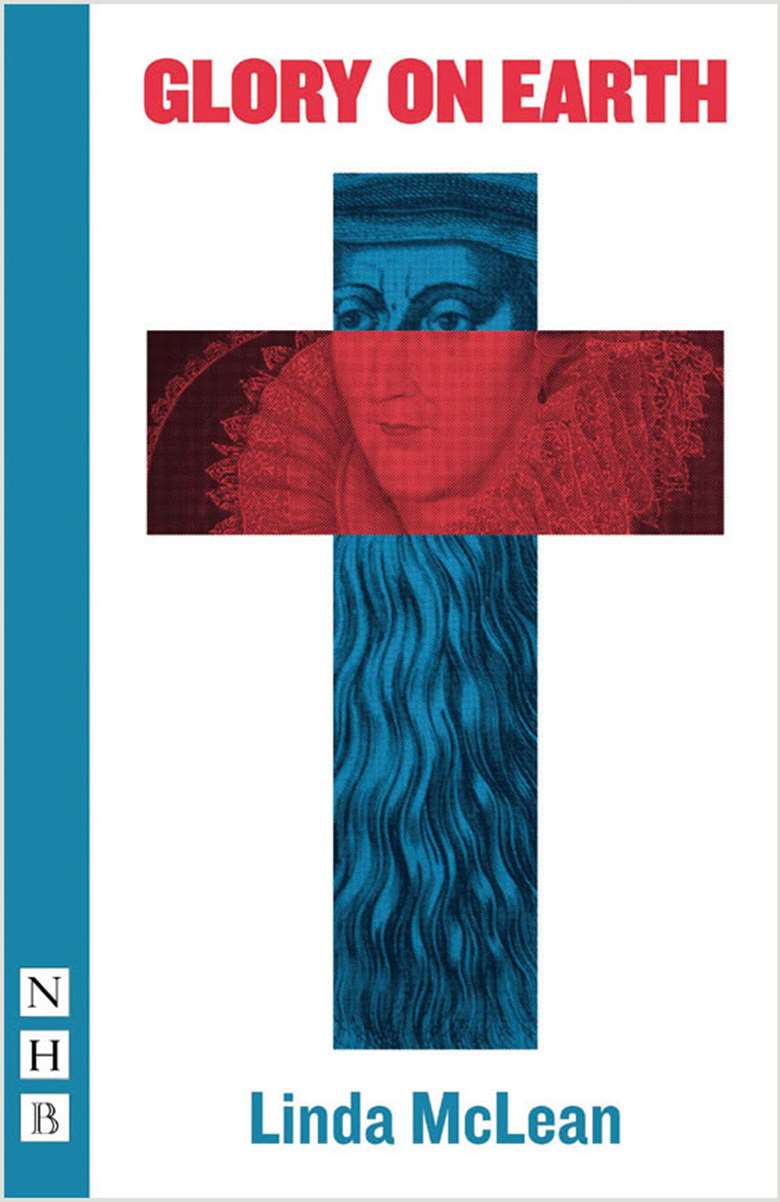Glory on Earth by Linda McLean
Alicia Pope
Saturday, February 1, 2020
A contemporary take on a historical tale that provides various performance opportunities

Glory on Earth is a historical drama set in Scotland between 1561 and 1563. The play tells the story of Mary Queen of Scots, from her arrival at Leith docks. The eighteen-year-old arrives with her entourage and the hopes of the Catholic establishment in Europe resting on her shoulders. Scotland has just outlawed her church and the radical protestant reformer John Knox is leader. Both believe that they are ordained by God, but only one can make Scotland their own.
The play has two protagonists, Mary Queen of Scots and John Knox, with all of the other characters being played by a chorus. There are many Marys in the script with the first performance at the Royal Lyceum Theatre Edinburgh having them played by six ladies in waiting. This ensemble style feels really contemporary and interesting and with the language McLean has used it would offer great performance opportunities especially at GCSE and A level where you would want to explore ensemble work in depth.
The play is not divided into scenes and the Marys occupy much of the action. It's specified in the text that the lines given to Mary are spoken both by Mary Queen of Scots and the chorus, which would offer a large role for Mary Queen of Scots or it could be played wholly as ensemble. For practical exploration in the classroom, this would be exciting. In addition, there are a few longer passages of dialogue for Mary which offer scope for monologue performance.
The character of Knox feels much more substantial as a role for an actor and one that a student could explore in some depth, especially with monologue or duologue work. However, Knox doesn't feel like an exciting character and so doesn't stand out as the character that students would opt to perform.
From a design perspective many students would very much enjoy creating a design concept influenced by religious architecture and iconography. Students could also possibly incorporate music influenced by the time period into a performance, and perhaps into some elements of the choral speech.
Although this text offers interesting opportunities for ensemble work, and students would very much enjoy the scope for production values, many students would need a strong interest in the historical nature of the play to want to choose this as a text for study.

